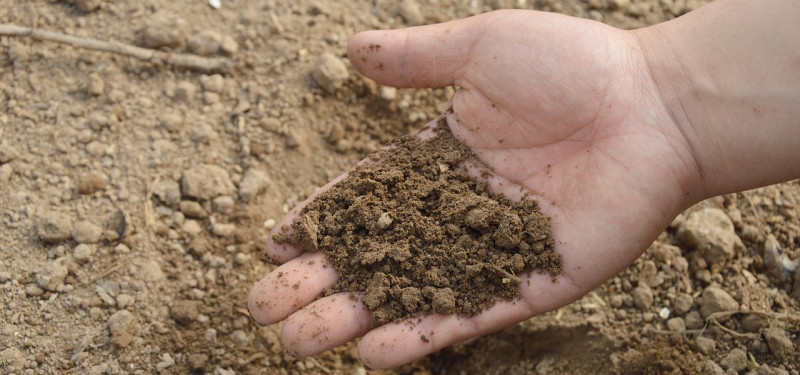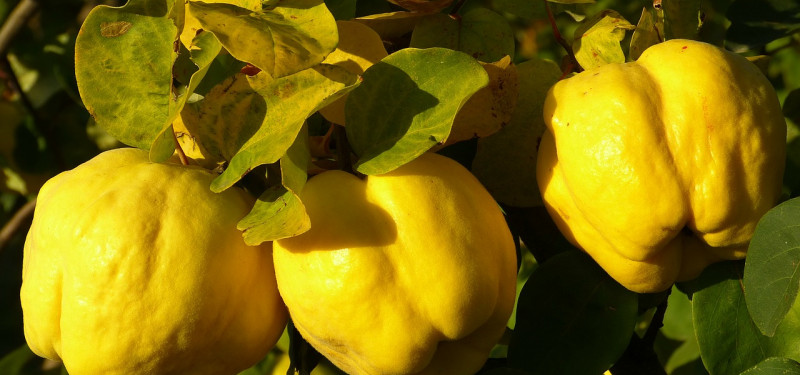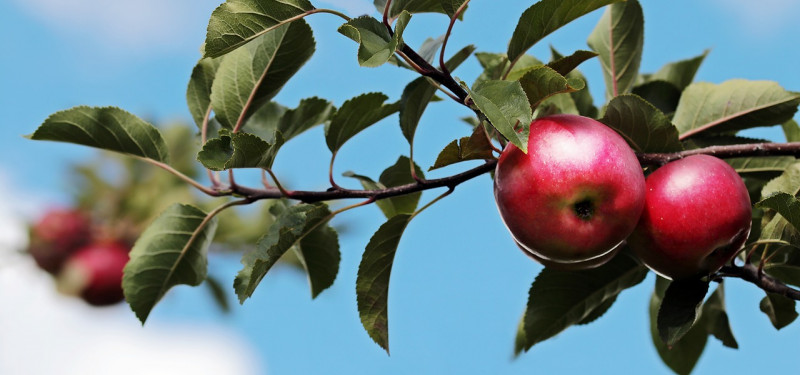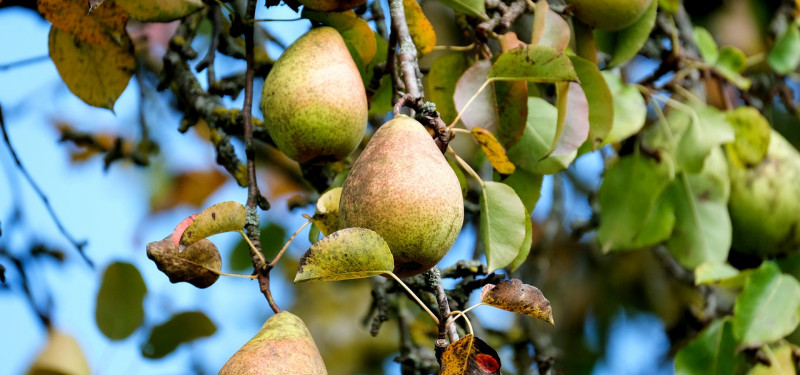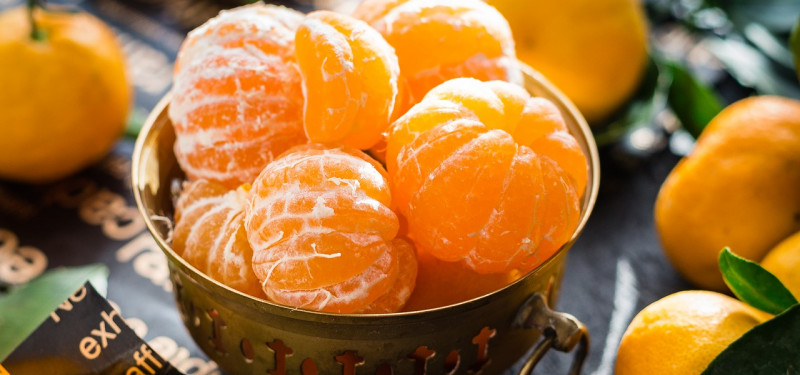What could be better than walking out to your garden and picking some fresh fruit? That’s what a number of people choose to do with their properties. In many cases, it’s not just about shade or landscaping; property owners want to include fruits in their gardens.
If you like this idea, now is a great time to start considering what sort of fruit trees would be a good choice. Before you sit down and begin to buy fruit trees online, there are several points that must be considered closely. Once you look at each aspect and come up with some answers, you’ll be ready to place that order.
Start With Having the Soil Analyzed
Before you do anything else, collect a soil sample and have it analyzed. Depending on where you live, there are government facilities that can help you with this task. Alternatively, you’ll find that many colleges and universities that offer degrees related to agriculture can also provide a full analysis.
Why is this necessary? You need to know what nutrients are present and how much of each is found there. Different kinds of fruit trees require varying kinds and amounts of nutrients. By knowing what’s already in the soil, you can get a better idea of what will thrive on the land. If necessary, you’ll also get some expert advice on what sort of nutrients need to be added in order to ensure the soil is fertile enough to support various types of plants, including fruit trees.
Consider the Amount of Space You Have Available
Do consider the amount of space you have in the garden. Your goal is to determine how much of it can be devoted to the trees. Keep in mind that you will need to space the trees sufficiently in order to provide room for growth. That may mean paying more attention to trees that tend to be smaller even after they mature.
Consider the idea of coming up with a platted scheme for the garden. The goal is to ensure that if you decide to buy a damson tree or maybe two, there’s a spot where they can be planted and thrive. Remember that if the plan is to include more than one kind of fruit tree, some will need more space than others. That means you may decide to do a line of larger fruit trees along the back wall of the garden while floating some of the smaller fruit trees in spaces that are a little closer to the house.
Think About the Amount of Sunlight the Area Receives
The amount of natural light that the area receives also matters. Some trees don’t need more than a few hours per day to do fine. Others may require direct sunlight most of the day. If there are structures or something else that blocks a lot of the direct sunlight, take that into consideration.
For example, you want to buy a quince tree or maybe two for the back yard. It helps to know that quince trees need six to eight hours of direct sunlight. If the yard does receive that much or more then you’re good to go. If not, you may want to consider something that can do well with less direct sunlight.
And the General Temperature During Growing Seasons
The average temperature during the growing season will also have an impact on the type of fruit trees you decide to plant. You’ll find that many citrus trees tend to thrive when there are higher temperatures and possibly a higher level of humidity during the growing season. For example, orange and lemon trees will do quite well under these circumstances.
There’s the chance that you may find various types of plum, apple, and fig trees that are better suited for your climate. Do consider how the temperature will impact growth, and how long it will take the trees to begin bearing fruit under certain types of temperatures. Keep in mind that it’s not unusual for some types of fruit trees to require a few years before the first fruits appear. This is true even under optimal conditions.
Addressing the Issue of Pollination
You’ll find that most fruit trees do need some type of insect pollination in order to grow and thrive. What you may not know is that certain types of trees also need compatible pollinizers. That term refers to other fruit trees that can provide cross-pollination. In other words, if you want those trees to grow, there has to be at least one more tree that is compatible.
Fortunately, there are quite a few fruit trees that don’t require pollinizers. That’s true for most kinds of peach and plum trees. It also applies to apricot, fig, sour cherry, and quince trees. Pomegranates can also do quite well on their own with the need for a compatible tree nearby.
As you consider different options for your garden, do find out if you can do fine with one of a certain type or if you need two that are compatible. That will also provide some ideas for how to place and space the trees when planting time arrives.
Identify the Types of Fruit Trees That are Known to Thrive in Your Area
Before you set out to buy pear trees online, make sure the type of pear tree you have in mind will thrive in your area. Even with similar fruits, not all varieties will work equally well. For example, crab apples may or may not bear fruit in certain settings where yellow delicious apples would produce quite a bit of fruit.
One way to get an idea of what sort of fruit trees do well in your area is to consult a local professional. Agricultural departments connected with local governments are happy to provide this type of information. You’ll also find that the agricultural departments of local colleges and universities can also provide data that you can put to good use.
Don’t overlook the value of tapping into your local social network. By asking around, you may find that a coworker has fruit trees that consistently do well every year. It could be that a neighbor a few blocks away has several different trees that provide plenty of fruit. Along with more ideas about what others are growing in the area, you may also pick up some tips on how to increase the odds of your trees thriving in the local setting.
Even a casual drive around the area might reveal that a number of fruit trees are growing nicely within your city. In fact, some of what you learn may provide the inspiration to consider more types of fruit trees than you have up to this point.
Consider the Kinds of Fruit That You Enjoy
So far, you’ve focused mainly on identifying what type of fruit trees would stand a good chance of growing and producing fruit on your property. That’s great because you need that type of information before making any purchases. Once you’ve gathered enough data, it’s time to move on to the next step.
What comes next? You get to decide which type of trees you want on the property. There may be more than one consideration to take into account. In order to know what to think about, it pays to know why you want the trees in the first place.
If the focus is primarily on appearance, you probably want fruit trees that produce lush foliage as well as plenty of fruit. Perhaps the goal is to go with trees that look nice but require little in the way of maintenance. Maybe the plan is to invest in fruit trees that provide plenty of shade as well as a steady supply of fruit.
All of these are worthy reasons to choose certain fruit trees. They do often take a backseat to the one key reason for having fruit trees: ready access to the types of fruits that you enjoy.
Look do matter, as does the amount of time required to keep the trees healthy. At the end of the day, those may be important but secondary. Your primary focus is on how much you like the fruit that the trees will produce. Whether the plan is to eat the fruit raw, bake it in pies, or possibly make jams or jellies or can the fruit for use later, it must be fruit that you will consume at some point. For this reason, always go with fruit trees that produce something you will look forward to consuming.
Remember that even after you select the fruit trees, purchasing them from the right supplier matters. Always go with one that’s known to provide trees that tend to settle in and grow consistently. While there’s always the possibility that something will happen and a tree doesn’t live, the odds are more in your favor if you buy from a reputable supplier.
Do consider the timing for the fruit tree delivery as well. You want the trees to arrive in time for the planting season. Hopefully, you will acquire all the resources needed while the trees are on the way. When they do show up, you’ll have everything on hand to plant them immediately and enjoy watching your garden take on a new look and new life.
Fruit-trees.com uses only the cleanest stocks available for propagation and provides detailed information about planting and care, in order to give your fruit trees the greatest opportunity for success.
Visit fruit-trees.com now to pre-order your new trees for spring.
